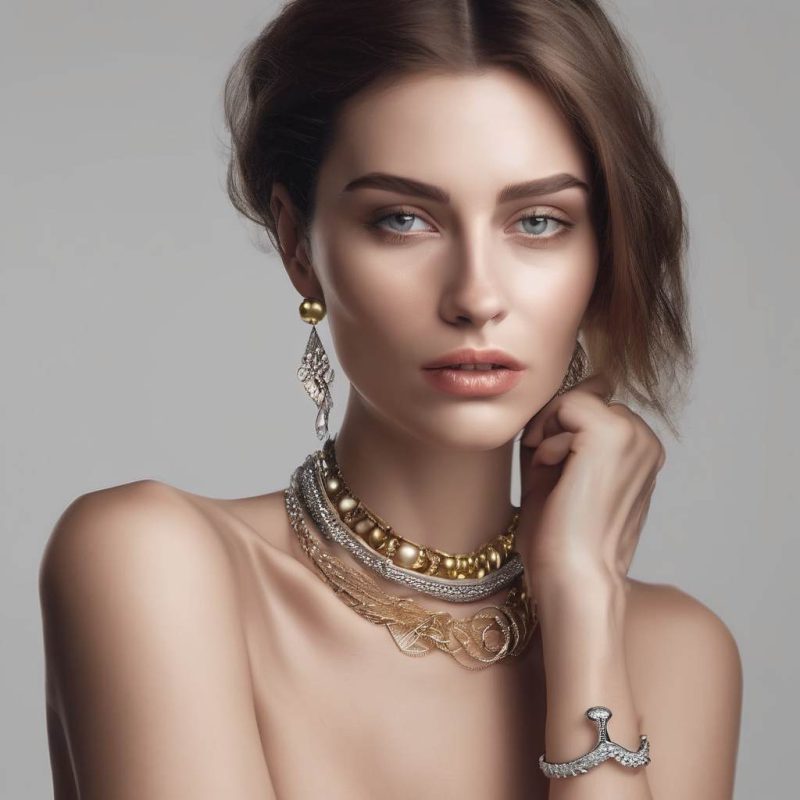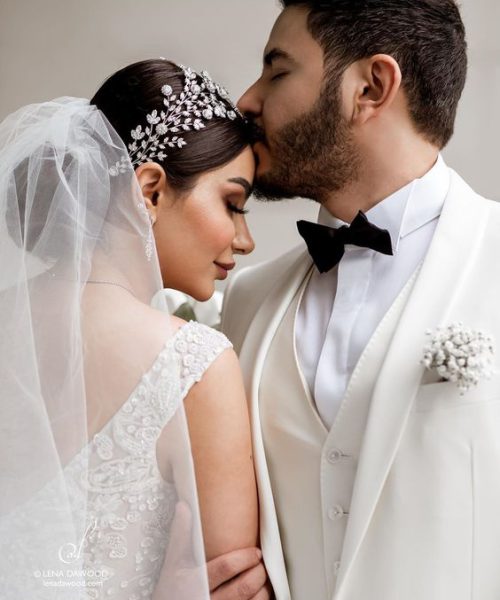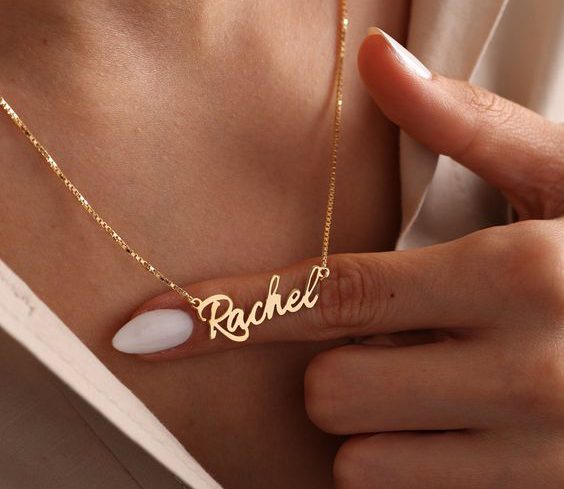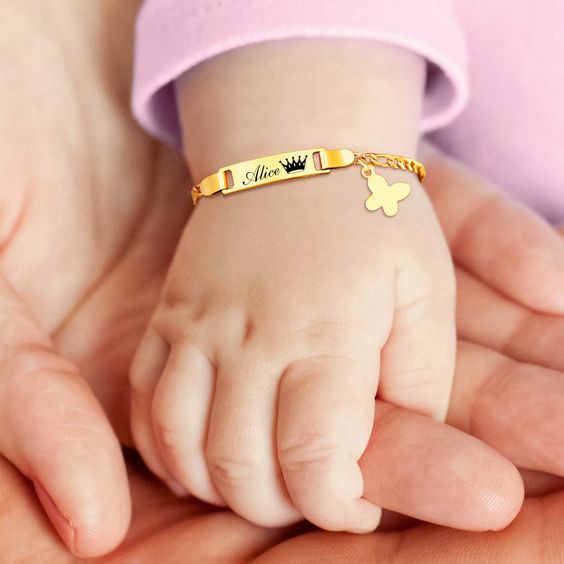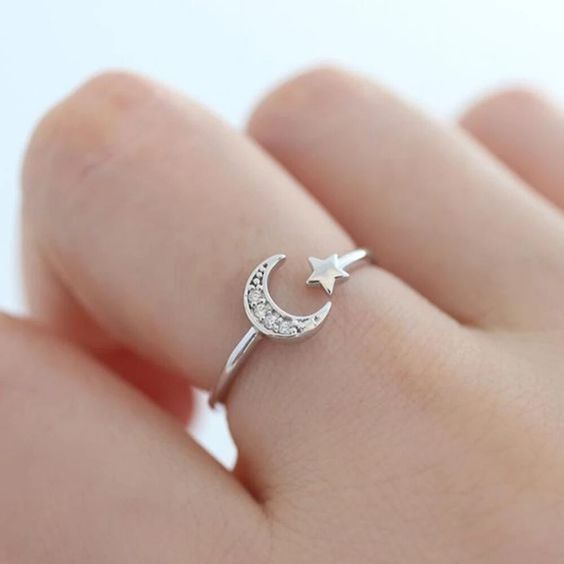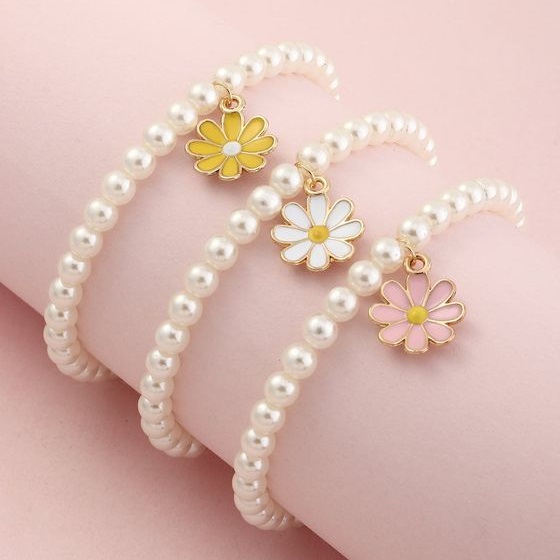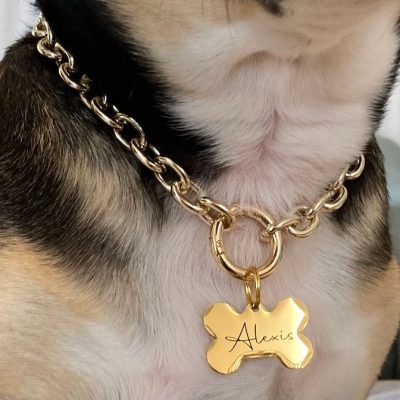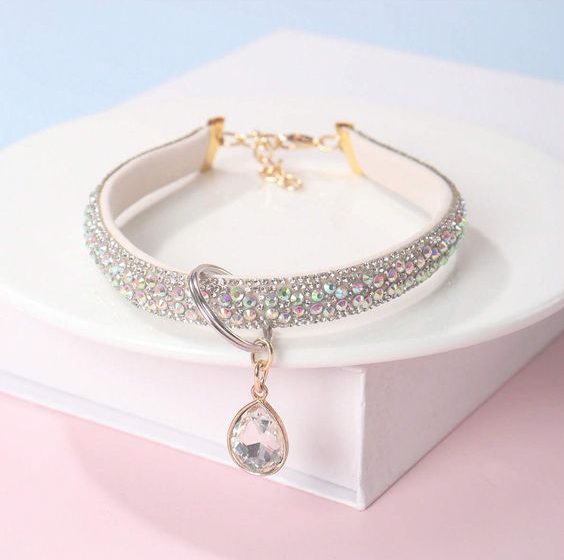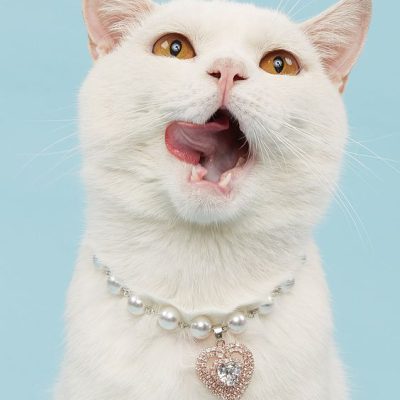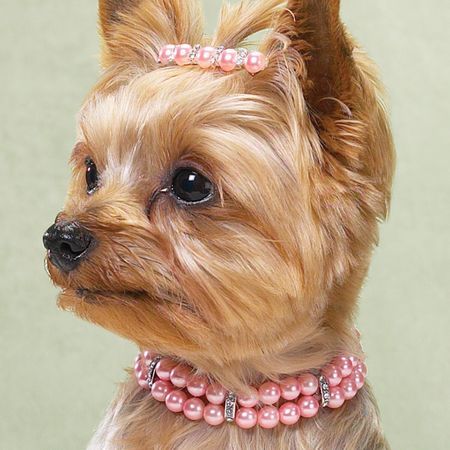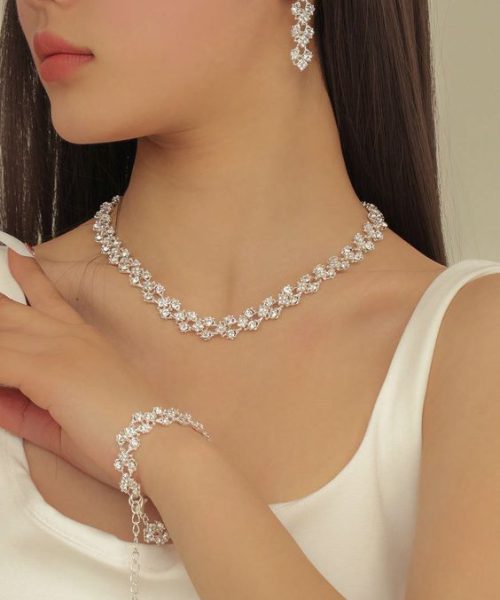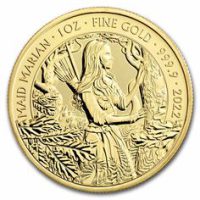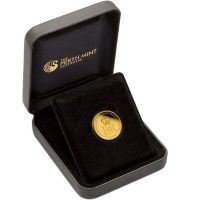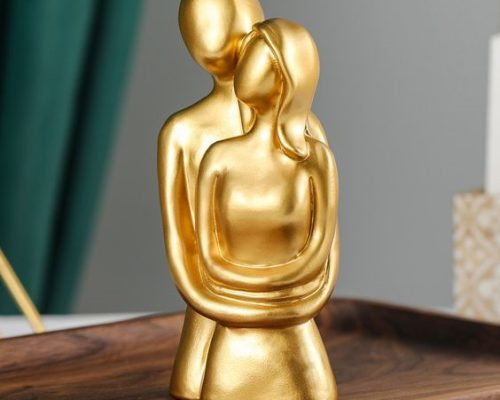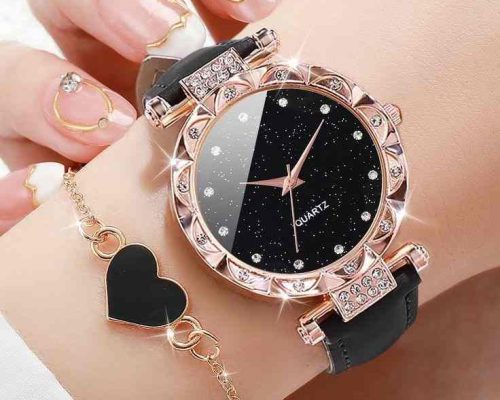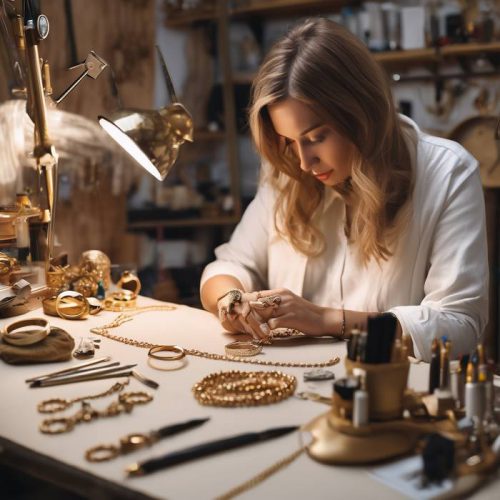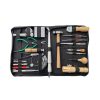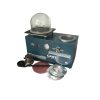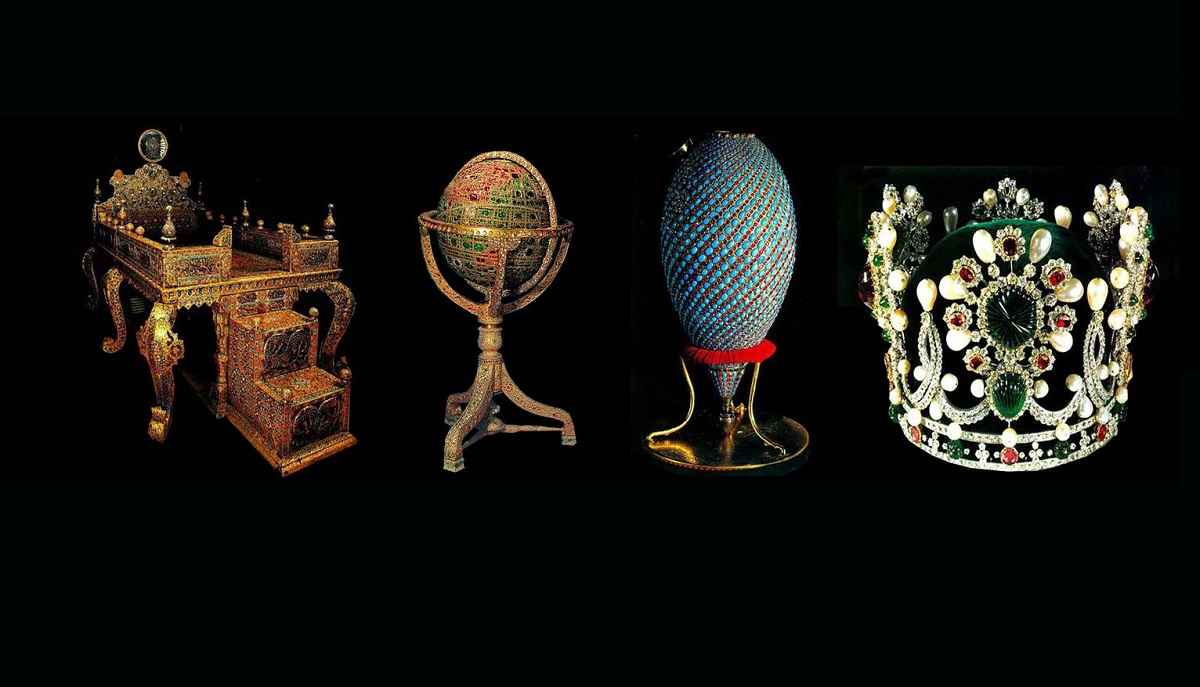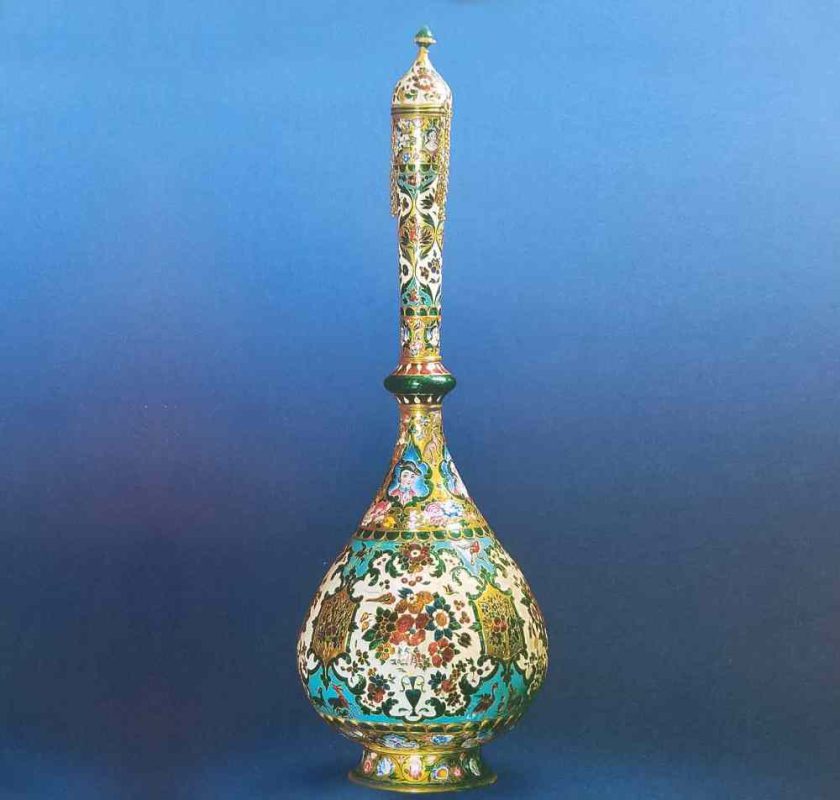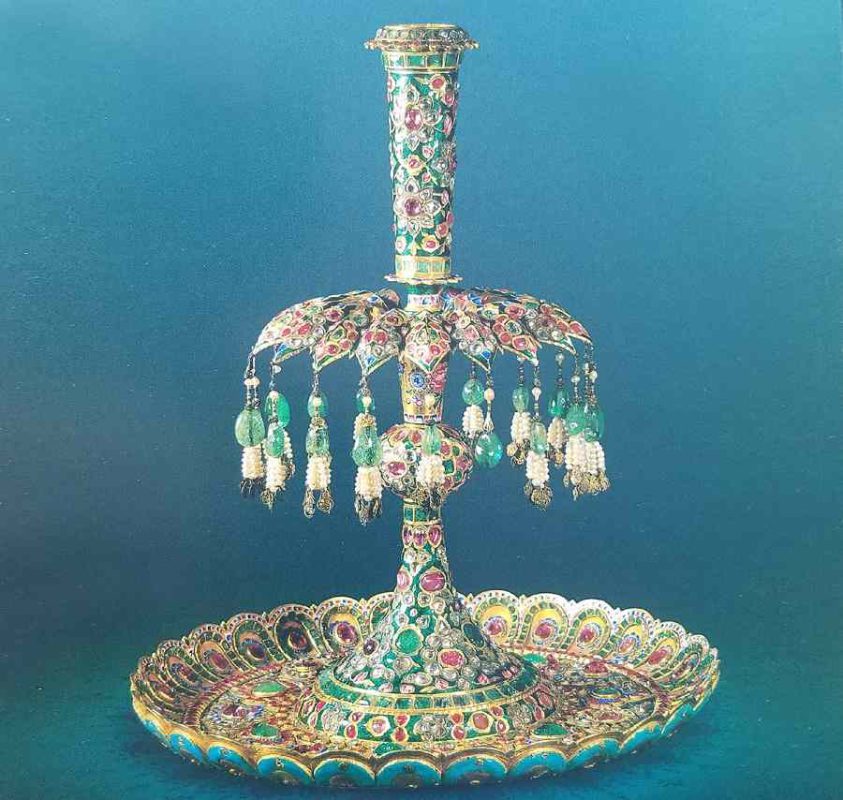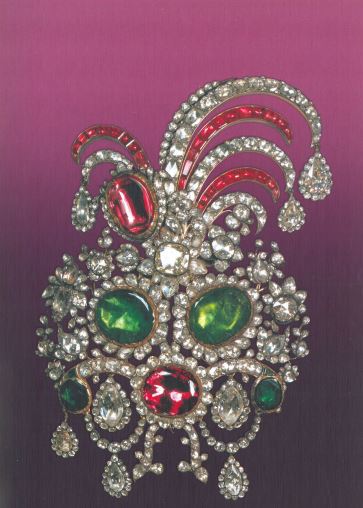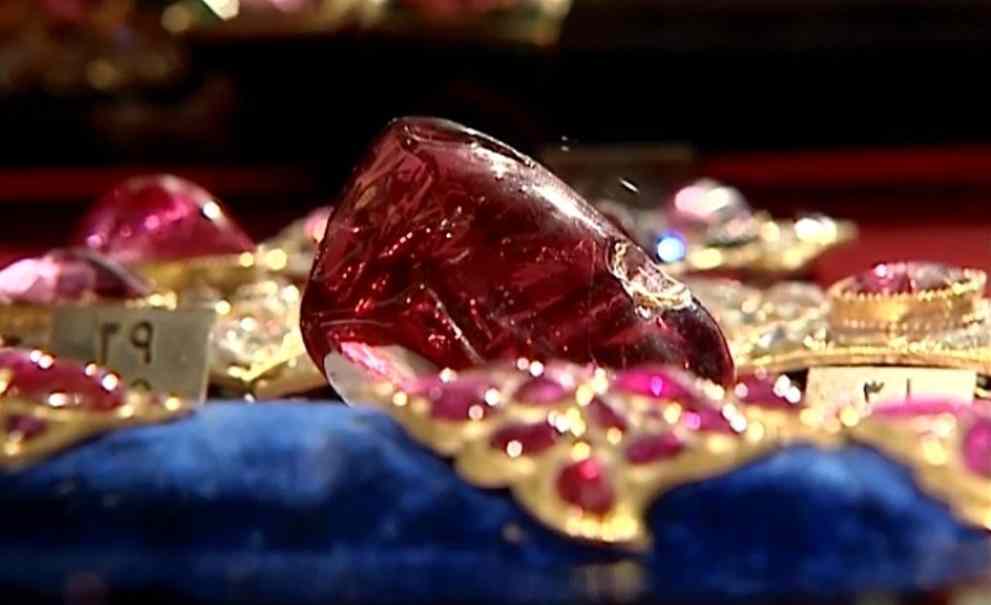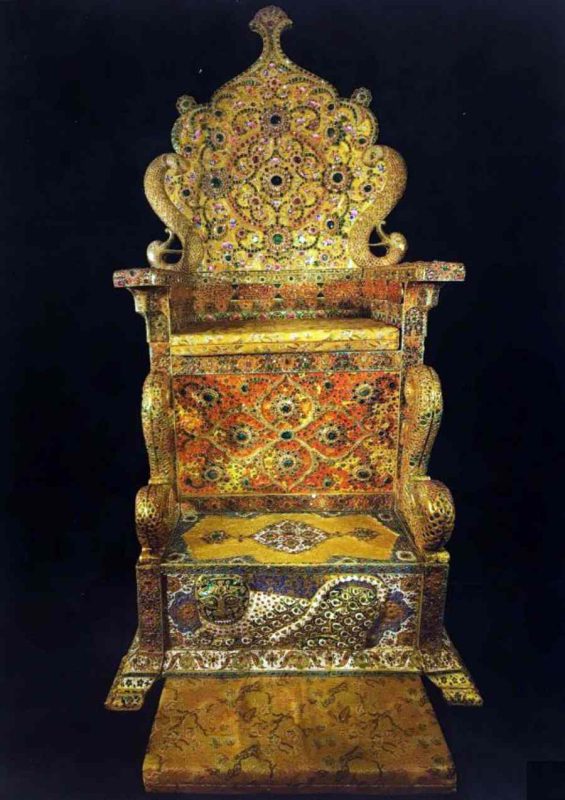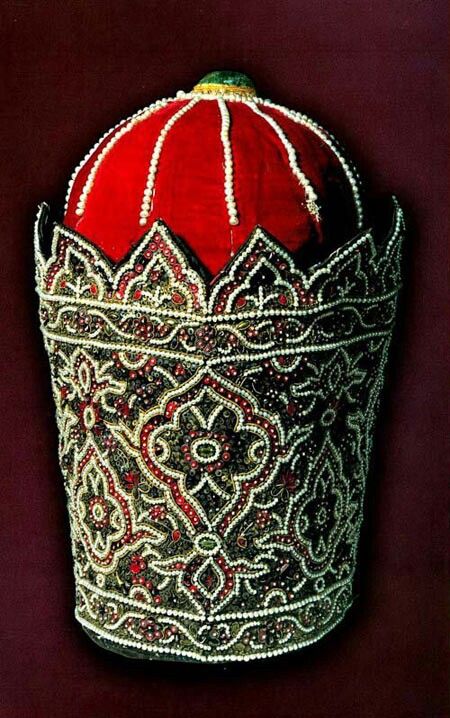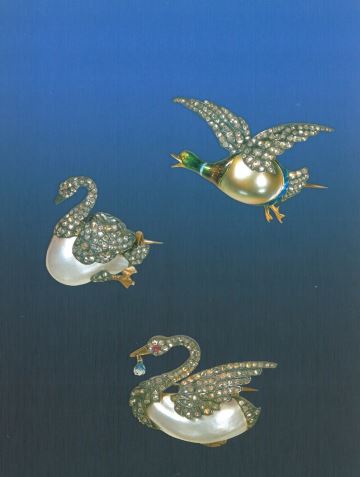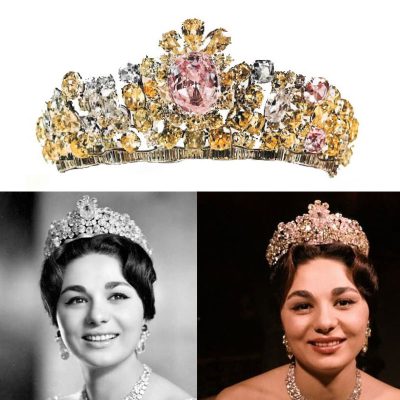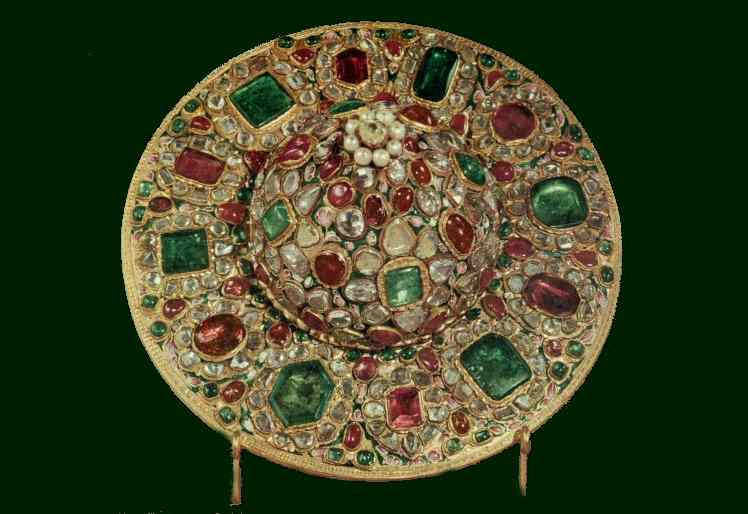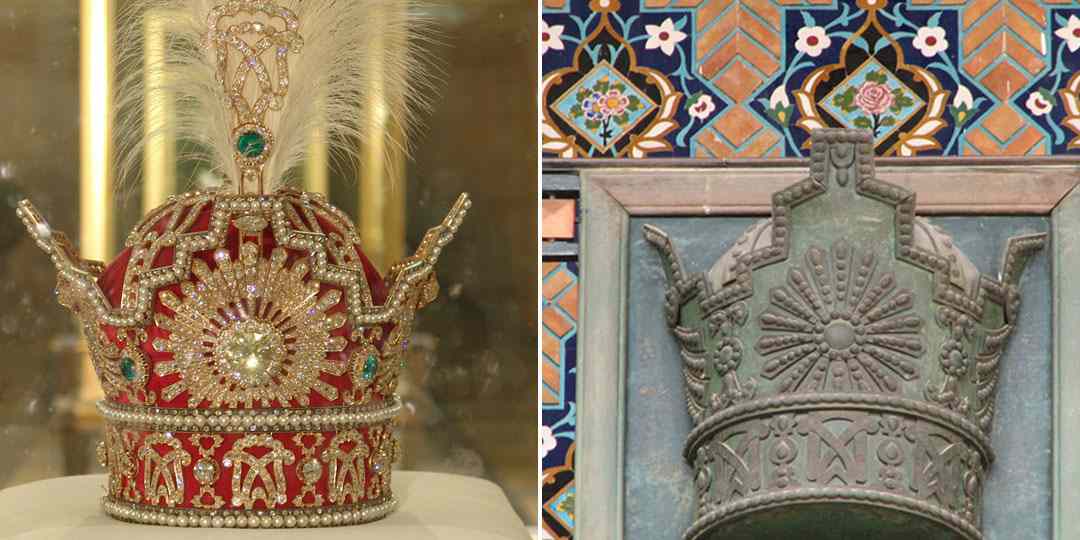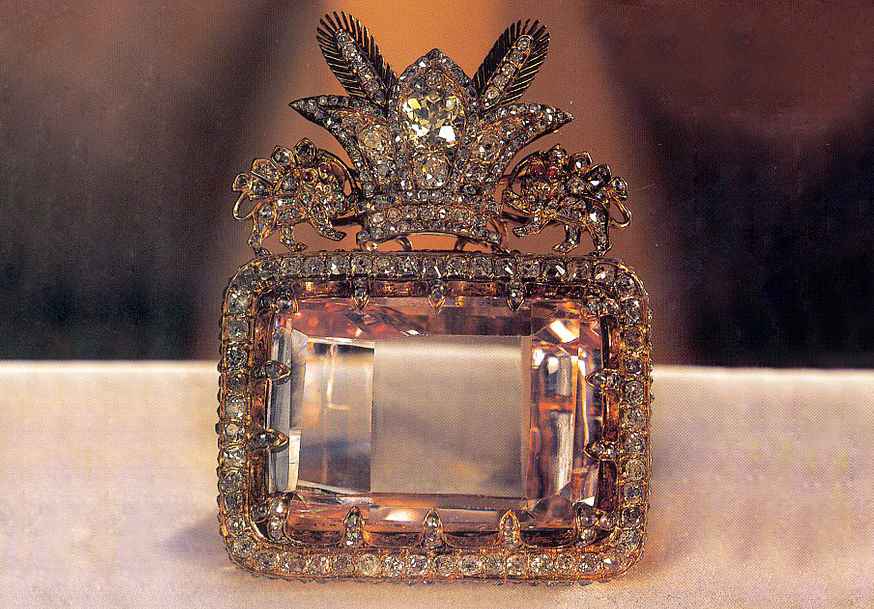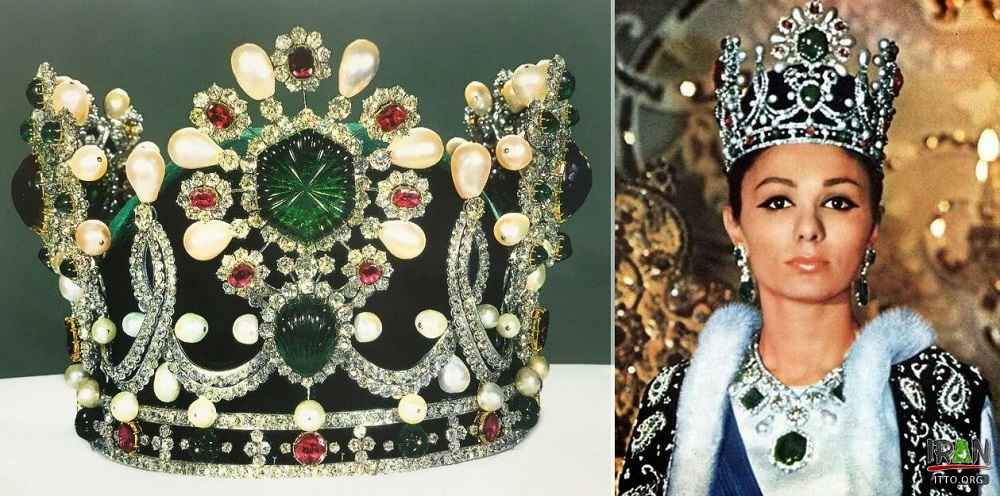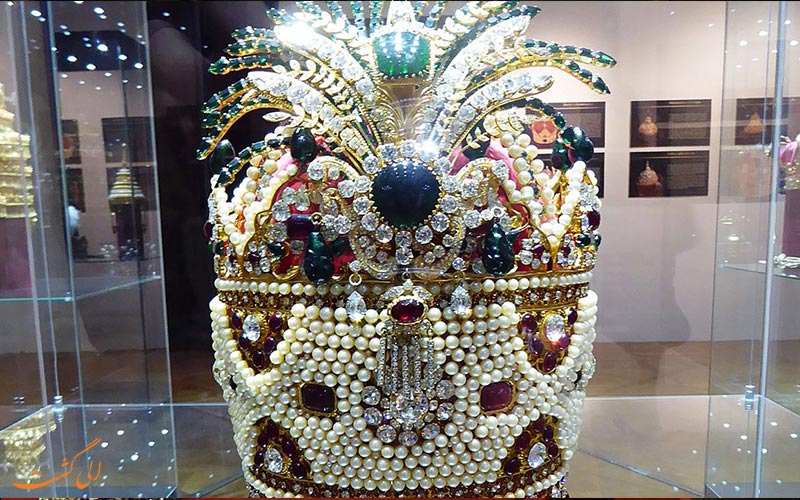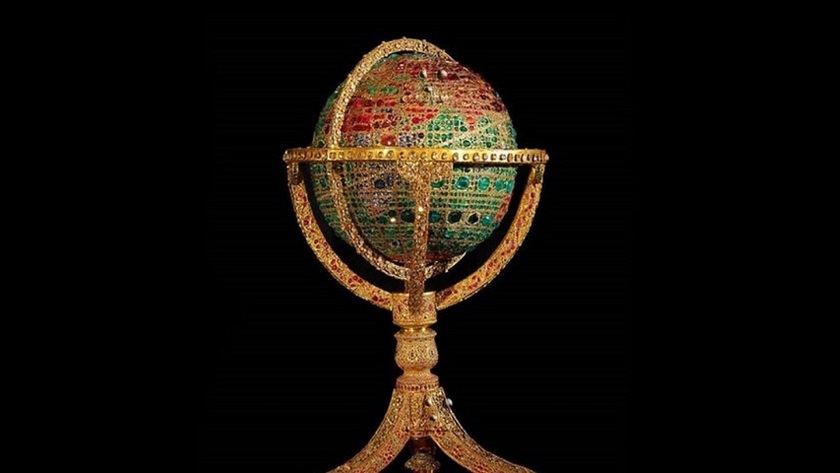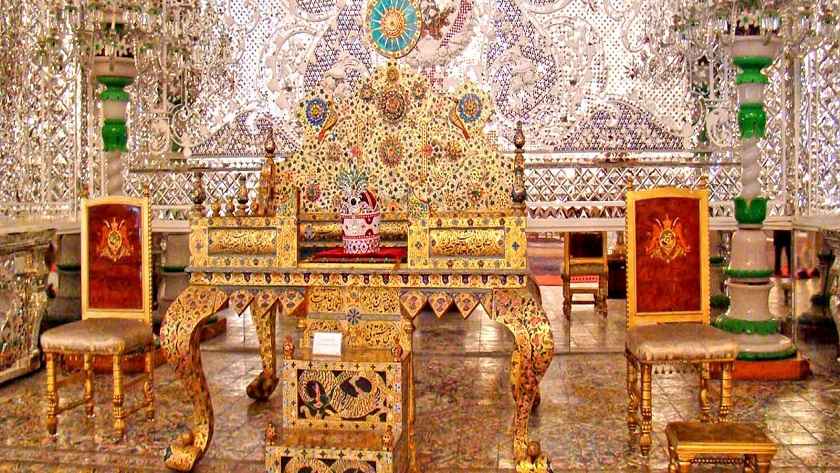In this article, we will describe and present some of the most famous jewels and precious objects decorated with jewels that are kept in the National Museum of Iran. It should also be mentioned that the National Jewelry Museum of IRAN is located in the treasury of the Central Bank of IRAN and The face of the museum is also used. This treasury-museum is located in the Central Bank of IRAN building on Ferdowsi St., Tehran.
Page table of contents
Enameled jug
Enameled jug that is enameled in the best way and has photos of flowers and bushes. In the upper part of it, there are pictures of some women and girls. This jug is one of the most beautiful examples of Iranian enamel work. (made in Iran in the 18th century AD)
Inlaid and jeweled candlesticks
The candlestick, decorated with gold, emeralds, rubies, pearls, and emerald pendants, this candlestick was placed on both sides of the Peacock Throne, the Sun Throne, with its pair in the Nowruz greeting ceremony, made in IRAN in the 17th century.
Aigrette
A very beautiful aigrette is located in this museum, which is fully studded with jewels such as: emeralds, diamonds and all kinds of precious stones.
Jewel brooch
Jewel brooch is decorated with diamonds and various precious stones.
Samarian spinel (Spinel)
Spinel known as Samarian spinel weighing 500 carats, this spinel is one of the largest spinel in the world.
Globe of Jewels
This sphere is decorated with many rubies and is also enameled.
Nader Shah’s Throne
Although this throne is called Naderi’s throne, it has no relationship with Nader Shah. There are strong reasons that the current throne was built during the time of Fath Ali Shah. The inscriptions that can be seen around the place of sitting on the throne have writings that clearly attribute the construction of the throne to Fath Ali Shah. The intention of Fath Ali Shah in building this throne was to show the glory of his court to his countrymen and also to the foreign envoys who sent the Shah They used to meet in the villas around Tehran. For this purpose, this bed is made in separate and portable pieces, which has a total of twelve pieces of cloth, and the number of jewels is 26,733 pieces. The side of this bed was used in two coronation ceremonies.
Abbas Mirza embroidered pearl hat
Abbas Mirza’s hat is embroidered with beads and pearls and other embellished items. Abbas Mirza’s crown-shaped hat is made of satin fabric and red velvet, which is embroidered with pearls and sequins, and on top of it is a large emerald piece with a diamond in a gold clasp. This hat was special for Abbas Mirza, the son of Fath Ali Shah, who was Official rituals have used it. Abbas Mirza’s hat is embroidered with beads and pearls and other embellished items. Abbas Mirza’s crown-shaped hat is made of satin fabric and red velvet, which is embroidered with pearls and sequins, and on top of it is a large emerald piece with a diamond in a gold clasp. This hat was special for Abbas Mirza, the son of Fath Ali Shah, who was Official rituals have used it.
Pearl brooch
Three brooches with very large shells and diamond stones made in the shape of ducks and swans.
Pahlavi jewelry
In 1938, during the first marriage of Mohammad Reza Pahlavi, it was decided to make jewelry for the Pahlavi family, so a number of available jewels were made and used by Iranian and French jewelers under the supervision of Haiti. In 1958, some other fabrics were made into jewelry The item was added. In 1967, another amount was made by French jewelers on the occasion of the coronation, and all the gems used were also selected from the treasury of jewels.
Platinum necklace decorated with 10 pieces of large emeralds, 483 brilliant pieces and 4 high quality pearls, the two middle pearls are 29 mm long each. (built in 1967)
Nimtaj, platinum, decorated with 324 small and large diamonds, in the center of which is a 60-carat pale pink diamond known as Noor Al-Ain. (built in 1958)
Platinum Necklaces are decorated with 246 colorless diamonds and 7 large yellow African diamonds. Nimtaj decorated with 294 diamonds and 7 large emeralds (Made in 1958)
Platinum necklaces decorated with 469 diamond pieces, 9 of which have briolette cut and this type of cut is very rare. (built in 1938)
Brooch decorated with Burmese rubies and diamonds (made in the second half of the 19th century)
Nadir Shah’s shield
In this museum, decorated shield of Nader Shah and also some swords and machetes can be seen. shield Nader Shah, which is made of rhinoceros skin and decorated with rubies, diamonds and emeralds.
The Crown Of Pahlavi
The crown used by Reza Khan and Mohammad Reza Pahlavi is made of gold and silver and is decorated with very large diamonds, emeralds, sapphires and pearls. The cap is made of red velvet and in its dome is a large emerald in its up. The crown has four corners in the shape of the crowns of Sassanid emperors on the four sides, and in the middle and below the previous corner, a golden sun with diamond rays and a large yellow diamond piece is installed. The number of jewels placed on the crown is as follows:
3380 pieces of diamonds weighing 1144 carats
5 pieces of emerald weighing 199 carats
2 pieces of sapphire weighing 19 carats
368 pearls
The weight of the crown made of gold, gems and velvet is 444 shekels, that is, about two kilos and eighty grams.
Darya-ye Nur (Sea of Light)
Perhaps this diamond has the first place among the national jewels of Iran. This famous diamond and the Koh Noor diamond, apparently due to their affinity, are considered to be the same couple, while they have nothing in common with each other in terms of cut and color. Both gems belonged to Nader Shah, but after the death of Nader, the diamond of Koh Noor was taken to Afghanistan by Ahmad Shah Durrani. After Ahmad Shah, it was transferred to Shah Shuja, and after the defeat of Shah Shuja at the hands of an Indian general nicknamed the Lion of Punjab, the diamond This jewel came into the possession of the mentioned chieftain, later it fell into the hands of the East India Company, and by that means it made its way to the English court and was presented to Queen Victoria.
After Nader Shah’s murder, the Darya Noor diamond reached Shahrukh Mirza, then it fell into the hands of Amir Alam Khan Khuzima and later into the hands of Lotf Ali Khan Zand. When Lotf Ali Khan Zand was defeated by Agha Mohammad Khan Qajar, the gem was transferred to the Qajar jewels treasury. Gesht Naseruddin Shah believed that this gem was one of the crown jewels of Cyrus and he himself was very fond of this precious gem and when he used to install it on his hat and sometimes on his chest. Darya Noor weighs 182 carats and its color is pink, which is the rarest color of diamonds.
The Nadir Aigrette
The Nadir Aigrette, decorated with diamonds and emeralds, in the middle of which a large and beautiful emerald piece is installed. Its upper part has seven parts, and on both sides of the parts, there are two strings, leaves and diamond flowers, and two very high emerald pendants are hung from its tip. On top of it, in the middle, there is a diamond crescent, and at the bottom on both sides, like a flag and a spearhead, it is mounted on golden armor. The weight of the Aigrette is 33 shekels and 16 peas.
Farah Diba’s Crown
The crown used by Farah Pahlavi was made by Van Cleef and Ariel in 1967 from national jewels.
The body of this crown is made of platinum and the number of precious stones is as follows:
Brilliant diamond piece 1469
Emerald piece 36
Spinel piece 2
Ruby piece 34
Pearl piece 105
The weight of this crown is 90.1480 grams.
the Crown Of Fath Ali Shah-Kiani Crown
Fath Ali Shah’s crown, known as Kiani’s crown, is decorated with diamonds, emeralds, rubies and pearls. This crown was built during the time of Fath Ali Shah and was used by Qajar Sultans. This crown is the first crown that was made in this way after the Sassanid dynasty.
studded Globe of Jewels
This studded Globe was made in the 18th century by the order of Naser al-Din Shah by a group of Iranian jewelers under the leadership of Ebrahim Meshii from the pawn jewels that were in the treasury. The net weight of the gold used in this sphere is 34 kg and the weight of its jewelry is 3656 grams. The total number of jewels installed on the globe is 51,366 pieces.
It is difficult to find different countries among the stones of gems because it seems that the skill of its maker was more in jewelry making than in drawing. Seas on the globe are represented by emeralds and lands by rubies, Southeast Asia, Iran, England, and France are marked with diamonds, India is marked with light rubies, and Central and South Africa are marked with sapphires.
Equator and other geographical lines are indicated by diamonds and rubies. The sphere is approximately 66 cm in diameter and rests on an all-gold, bejeweled base.
Sun Throne
By the order of Fath Ali Shah, in 1800, a huge and luxurious throne was built with jewels and gold in the treasury, and it was known as Takht Khurshid because of the image of the sun embedded in the top of the throne. Takht Khurshid was called by the same name for many years until Fath Ali Shah married Tavus Taj al-Dawlah.
Some Iranians thought that the said throne is the peacock throne of India, and by comparing and describing Tavernieh’s peacock throne and what he saw and inferred from the existing peacock throne, he came to the conclusion that the claims of the claimants are invalid and to confirm and confirm his opinion. He negotiated with Naseruddin Shah and inquired from him and confirmed that Takht Tavus was built by order of Fath Ali Shah and named after his wife Tavus Khanum Takht Tavus.
After the death of Fath Ali Shah, many years later, Naser al-Din Shah, who had a special interest in the collection and preservation of royal jewels, ordered the said throne to be repaired and minor changes were made to its appearance. The said throne was kept in the hall of Golestan Palace until 1981. In 1981, it was transferred to the jewelry treasury of the Central Bank of the Islamic Republic of Iran.
Leopard’s professional and international jewelry group produces the most up-to-date jewelry such as wedding rings, rings, bracelets, earrings, necklaces customized . Contact us for more information.















